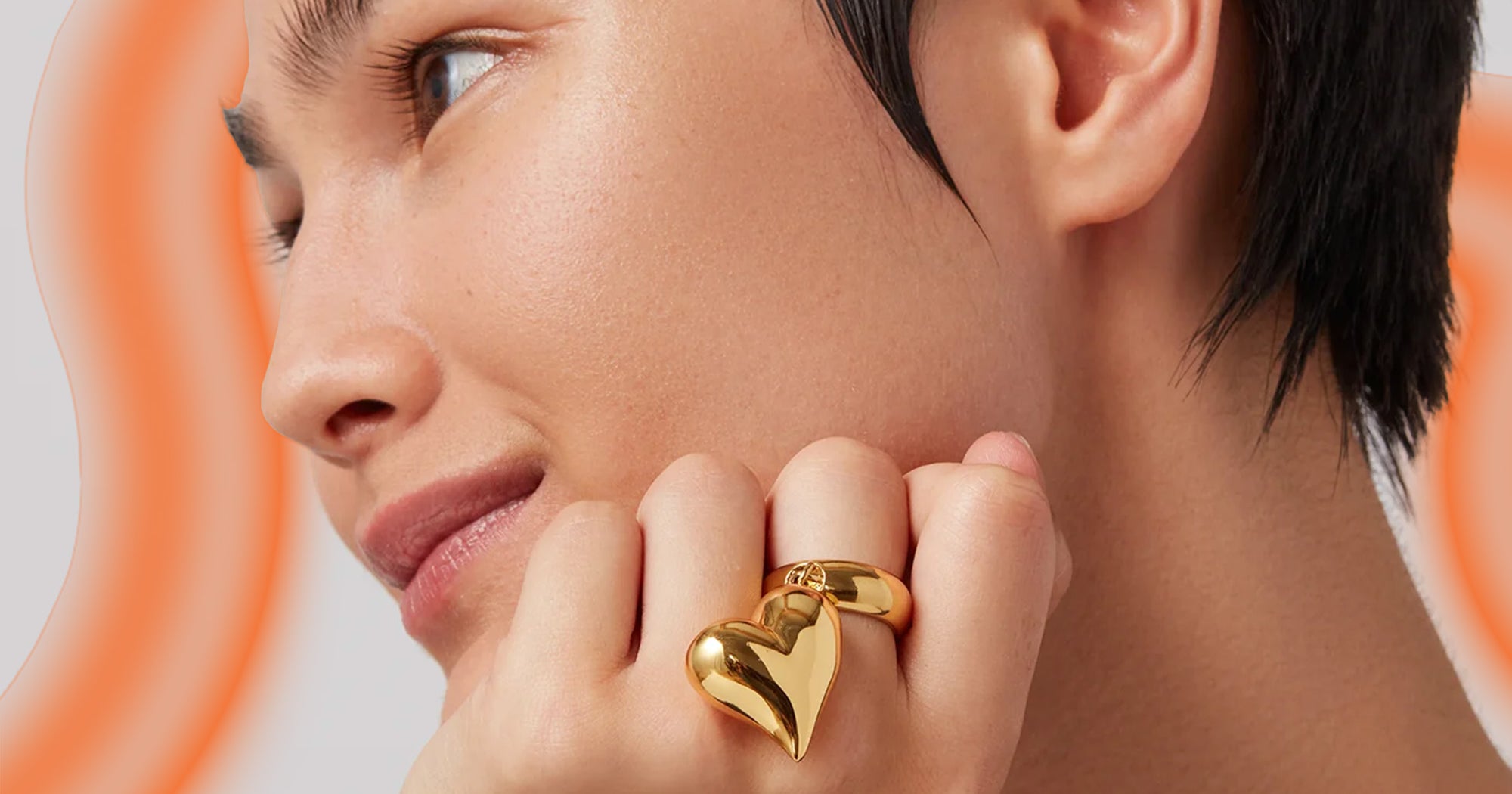A 1941 portrait of Winston Churchill keeps an eye on Greg Fergus, Speaker of the House of Commons, who asked for the print to be hung in his office on Parliament Hill.Dave Chan/The Globe and Mail
When Greg Fergus took over as Speaker of the House of Commons in October, 2023, the House’s chief curator asked which pictures he would like to hang on the walls of his new office in Centre Block.
The Liberal MP, a history buff, is an honorary member of Ottawa’s Sir Winston Churchill Society and had read several biographies of Britain’s wartime leader. So he inquired as to the whereabouts of a 1941 photograph of Churchill by Yousuf Karsh that he knew the Canadian-Armenian photographer had donated to the Commons.
Mr. Karsh had given the Commons a signed print of the famed portrait, known as The Roaring Lion, in 1987, with the proviso that it should be hung in the same wood-panelled Speaker’s office where he took the photograph after Churchill’s speech to Canadian MPs.
There it had hung until 2018, when Parliament’s Centre Block was closed for renovation, and the Speaker’s office moved to the smaller West Block. Along with other works of art in Centre Block, the photograph, said to be the largest Roaring Lion portrait printed and signed by Mr. Karsh, was taken down and crated up.
The Roaring Lion is part of the House of Commons’ eclectic collection of photographs, paintings, heritage furniture and ceremonials objects – including swords – which have been purchased and donated since the 1800s.
Some of the works and artifacts are on view for people taking tours of Parliament when it is not sitting, but others are located in parts of the parliamentary estate only accessible to people with security clearance, or hung on office walls.
Another print of the Churchill portrait was unveiled at the Fairmont Château Laurier this past November, after it was stolen from the Ottawa hotel and recovered in Italy.Adrian Wyld/The Canadian Press
As the Commons was arranging to meet Mr. Fergus’s request, The Roaring Lion was coincidentally in the news, as Ottawa police were scrambling to recover another copy that had been stolen from the wall of the nearby Fairmont Château Laurier hotel. (It was eventually found in Genoa after being purchased at a Sotheby’s auction by an Italian lawyer who was unaware of the theft.)
The portrait now looms over Mr. Fergus’s desk, and he says having a glowering Churchill watching him while he works on parliamentary business is a source of inspiration. In December, 2023, at the same time the painting was hung, Mr. Fergus was under fire from opposition parties for appearing partisan. The Speaker is meant to be impartial, but he had appeared at the Ontario Liberal leadership convention in a video paying tribute to an outgoing interim provincial leader, while wearing his Speaker’s official robes.
“I was going through some difficulties,” he recalls, with characteristic understatement, “and I remember joking with people about how Churchill had said, ‘When you’re going through hell, keep going.’ ”
Also in the parliamentary art collection are some impressive Inuit works. For example, the office of Eric Janse, the Clerk of the House of Commons, is illuminated by a vibrant wool-and-felt wall hanging depicting wildlife found in Nunavut, sled dogs and Inuit in traditional parkas. The huge, colourful work by Inuk artist Jessie Oonark used to hang in the office of former prime minister Pierre Trudeau. When Mr. Janse took over as clerk in December, 2023, the chief curator of the House of Commons, Johanna Mizgala, suggested he might want it in his office.
House of Commons Collection, Ottawa
Canada does not have a dedicated budget to acquire art for Parliament, unlike the British parliament, which has £75,000 (about $135,400) a year to supplement its extensive collection. However, from Ms. Mizgala’s limited funds, and with financial help from Public Services and Procurement Canada, she is able to purchase and commission some works.
Among them was a stone sculpture by Inuit artist Bart Hanna Kappianaq, commissioned in 2019 to mark the 20th anniversary of the establishment of Nunavut as a territory. The sculpture depicts the sea goddess Sedna, a mermaid-like figure from Inuit mythology, watching over her sea-creature children, including a beluga whale and walrus. It is now in a glass cabinet in an ante-room outside the Commons chamber and will eventually sit above a door in Centre Block’s foyer, when the building reopens its doors after renovations in the early 2030s.
Bart Hanna Kappianaq’s sculpture of Sedna has a spot set aside in the Centre Block foyer when the renovations there are complete.House of Commons Collection, Ottawa
Ms. Mizgala also scours auction catalogues for works with a connection to Parliament, and has been steadily acquiring former Speakers’ hand-carved chairs, with two still outside her grasp: one still in a private collection and the other’s whereabouts is unknown. In 1921, the U.K. gave the Canadian parliament a replica of the Speaker’s chair at Westminster designed by Augustus Pugin, who designed the interior of the U.K. Parliament. Since then, Canada’s Speakers have not had their own throne-like chair fashioned for them, which tradition had dictated they took home when their term ended.
“We do keep an eye on auctions,” Ms. Mizgala said. “Antique dealers occasionally come to us with pieces that they think might be part of the parliamentary collection.”
The corridors of West Block are adorned by the visages of former prime ministers, including a portrayal of Liberal Paul Martin on his feet in the chamber by esteemed portraitist Paul Wyse, who also painted singers Harry Connick Jr. and Billy Joel. Mr. Wyse also immortalized Peter Milliken, Canada’s longest-serving Speaker, in an oil painting, depicting him in an authoritative pose against a backdrop of Hansards – bound transcriptions of debates in Parliament – which also hangs in the Commons.
One of Ms. Mizgala’s favourite works is by celebrated Quebec artist Ozias Leduc, whose 1904 portrait of Louis-Philippe Brodeur depicts the former speaker in a pensive pose. “I’m quite partial to this one. It’s absolutely lovely,” she remarks, pointing out a barely visible thread hanging from Mr. Brodeur’s pince-nez.
Louis-Philippe Brodeur, as painted by Ozias Leduc, was a House Speaker in the era of Wilfrid Laurier.House of Commons Collection, Ottawa
In the lobbies outside the Commons chamber, where journalists question MPs in scrums, hang more portraits of the Ottawa elite, one or two of them commissioned decades after they died.
Among them is a 2002 painting of Sir John Abbott, prime minister from 1891 to 1892, who died before his portrait could be commissioned. More than a century after he left office, Shanghai-born Montreal artist Muli Tang painted the work from historical photographs. He set Mr. Abbott against a contemporary-looking sandy background, in a brown suit and starched shirt with a wing collar, looking disapproving.
Recently it has been traditional for former prime ministers and Speakers to choose whom they wish to paint their portrait, and many have chosen artists from their home provinces. Geoff Regan, Speaker between 2015-19, selected fellow Nova Scotian James Middleton to paint him. Mr. Middleton’s portrait is set against the backdrop of one of Mr. Regan’s own paintings: a coastal scene in Nova Scotia.
It is not yet known whom Prime Minister Justin Trudeau will choose to paint him when he steps down. His father, Pierre Trudeau, chose celebrated B.C. portraitist Myfanwy Spencer Pavelic to paint his portrait. It shows him in a voluminous green rain coat belonging to the artist, which she draped over his shoulders, and holding a pair of gloves that she also handed him while he was posing.
“She wanted to give him a more debonair quality,” Ms. Mizgala said. In 1998, the artist won the F.H. Varley Medallion for best portrait painting for the work.
Nearby, outside the doors to the Commons chamber, is a 1939 bronze bust of Agnes Campbell, the first woman elected to the House of Commons. It is by Austrian-American sculptor Felix Weihs de Weldon, who is perhaps best known for sculpting the 32-foot-high U.S. Marine Corps memorial in Arlington, Va.
France gifted this Rodin bust to Canada as a thank-you for its role in the First World War.House of Commons Collection, Ottawa
Back near the Speaker’s office, tucked away in a corridor, MPs and parliamentary staff pass by a 1904 bronze by the celebrated French sculptor Auguste Rodin. Entitled La France, it was given by the French state to thank Canada for participation in the First World War. The bronze is based on a likeness of the sculptor Camille Claudel, who was Rodin’s pupil, muse and lover. It is one of several versions of the work, and another is in the Victoria and Albert Museum in London.
Not all of the works in the House of Commons art collection are on display, with some never having graced the walls of Parliament. One of the hidden gems in the collection is an 1896 landscape by Ontario artist Homer Watson, depicting a woman walking along a country path by a river. The bucolic scene, reminiscent of a work by John Constable, is still in storage.
Also in storage is a portrait in oil of Amerigo Vespucci, the Florentine explorer for whom “America” was named. It was painted in 1857 by Antoine-Sébastien Falardeau, an artist born in Lower Canada (now Quebec) who spent most of his life in Florence. The portrait depicting the Italian navigator unfurling a map is believed to be a faithful copy of a 1568 painting of the same scene by Cristofano dell’Altissimo, who was himself commissioned by Cosimo I de’ Medici, Grand Duke of Tuscany, to copy an earlier original.

House of Commons Collection, Ottawa
On loan to the Senate by the Commons is a very large portrait by court painter John Partridge, of a young Queen Victoria in a flowing white dress, next to the imperial state crown. The Queen wears a bracelet on her right arm featuring a portrait of her husband, Prince Albert. Yet her left arm looks strangely shortened in the portrait.
Rumour has it in the Senate that the painting was given to Canada because Queen Victoria didn’t like her apparently distorted arm. Ms Mizgala says this is “a very twisted myth.”
“There’s no way she would have allowed it to be on display if she hated it,” Ms. Mizgala said.
State of the arts: More from The Globe and Mail
The Decibel podcast
There is more art in Canada’s museums than they could ever show to the public. Do curators spend big and build more space, or sell works to downsize and diversify? Kate Taylor spoke with The Decibel about how tax breaks created the space crunch in the first place, and what is being done about it. Subscribe for more episodes.
Kate Taylor on visual arts
Artist Sandra Sawatzky embroiders the things that keep us awake at night
AGO’s hip-hop show investigates the music genre through pop culture, with a sprinkling of fine art
Autistic artist Adam Wolfond recreates his world for others to experience
The 10 best things about visual arts in 2024












